As Europe begins its journey towards the green deal, I often wonder if we are already well behind the curve in this regard.
Our drive to specialisation, helped by both policy and economics, has left some sectors scrambling to survive, with others only starting on that road which have yet to unravel its consequences.
Other countries seem far more conscious of these challenges and I am again reminded of my experiences in Western Australia a year ago.
Impressed
I had long been impressed by the reports of scale of agriculture in Western Australia and my visit there in 2020 did nothing to change this view.
Scale was evident everywhere and especially in fields that seemed to go on forever. Animals grazed, or perhaps walked is the better verb to use, because we just could not see what they could get to eat in those times of continuing drought.
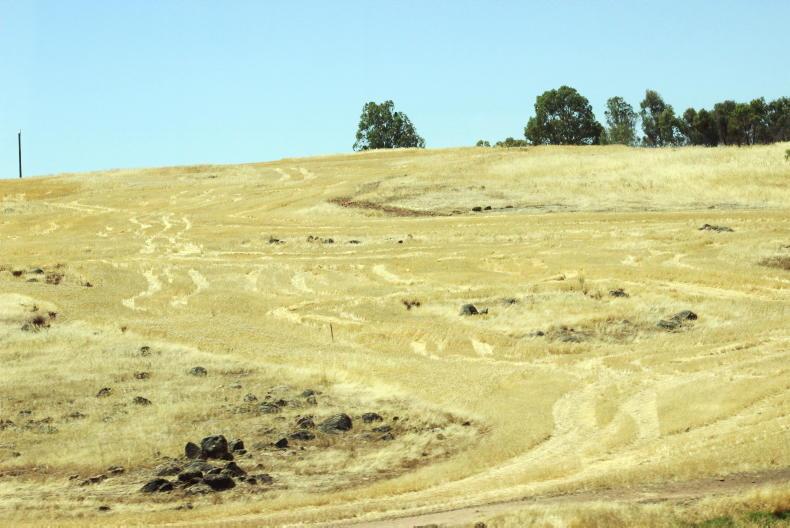
Not everything was open flat plains and it was amazing at times where farmers would plant grain crops.
Sheep and cattle scoured fields in the hope of finding a living plant and that was in grass as well as stubble fields, or perhaps I should say paddocks.
It was difficult to see how those farmers could hope for a return from those sheep, but they remain an integral and essential part of the farming system.
Only the essentials
A few things struck me about the agricultural systems in that state – systems must be low cost, only essential inputs were applied and everything hinged around water or the lack of it.
Western Australia is a vast countryside where crops are a major land use and where exports form the basis of the business.
But while crops are the backbone, the vast majority of farms also run some form of stock and these are essential to the very survival of the cropping businesses.
The importance of stock
We visited quite a number of farmers, tillage farmers, and they all had one thing in common - sheep.
The land had been grazed bare, was predominantly red in colour and looked poorly in terms of productive capacity.
Decades of tillage activity had left the land very low in organic matter and this is exacerbated by the tremendous heat.
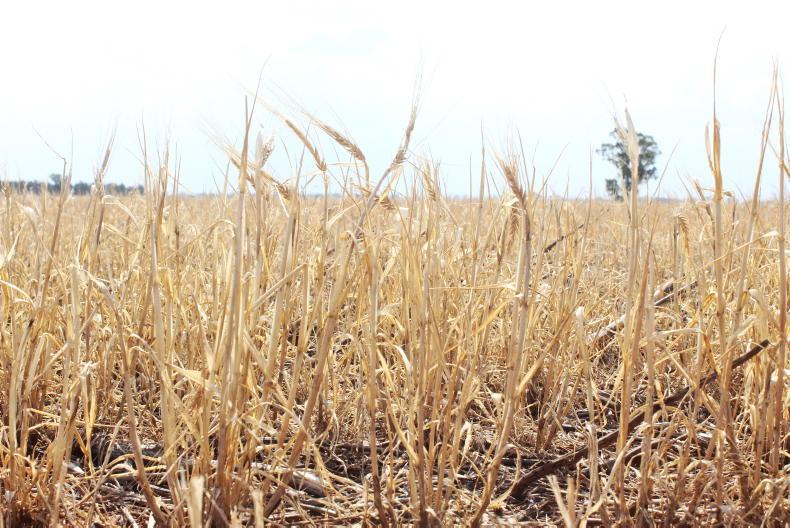
Barley that was not worth harvesting following years of drought.
The soil looked like it had been totally degraded to its basic components of sand, silt and clay.
So, when we walked the land, it seemed like we were walking on sand. It also seemed that the finer clay and silt particles had washed down into the soil profile.
That is not a recipe for productivity or even for survival in my opinion. It left the soil at the top very loose and subject to erosion in periods of heavy rain.
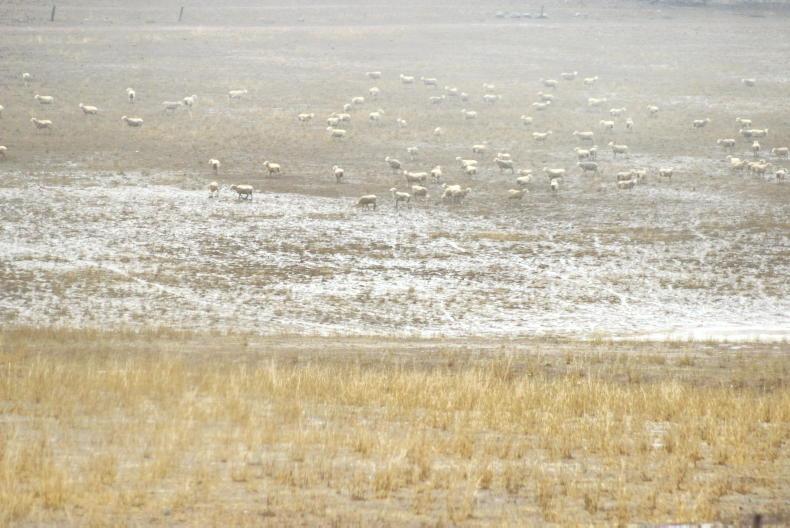
While stubbles looked bare, they could green up within a few days following rain like this.
It also meant that the topsoil must have poor nutrient retention and it seems possible, but the subsoil was very dense and perhaps difficult for growing roots to penetrate.
Having visited a number of farms on our travels, I certainly formed the view that these could not continue to function without the livestock (some had cattle) to help keep some heart in the land.
They were an integral part of the business. They helped add some basic fertility to what was a barren landscape at that time.
They also added some level of goodness to the land, which gave it improved productivity in the more favourable year that followed.
Vegetation is lost moisture
In Europe, we had a history of controlling vegetation between crop to prevent carryover of diseases, pests, etc.
In dry countries, the major reason to remove vegetation is to prevent it from using the very scarce water resource in the ground. The foraging livestock do this on an ongoing basis.
Where there are no stock, the land is generally sprayed off with glyphosate post-periods of vermination and given the scale involved, that is a big and costly operation.
The combination of scale and sparce vegetation would mean that the greater part of any spray job would be on bare ground and signify a big waste of chemical.
For this reason, many of the bigger farms have invested in Weed-It technology. This is a sprayer with a difference.
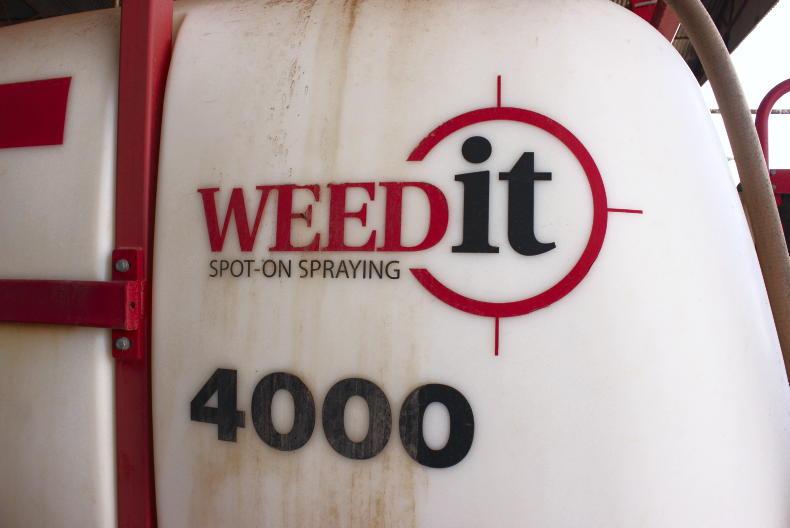
The tank of the Weed-It sprayer that was fitted with weed location and nozzle control technology to minimise chemical usage.
It is a tank mounted on a big, robust, heavy-framed, wide boom, which carries the spray boom and nozzles along with sensors, which detect where the weeds are and switch the nozzles on or off.
This means that only the areas where the weeds are get spray.
On balance, we must ask if we in Europe are leading or following.
However, others have led the way in some respects and there are messages and techniques that we can learn from as we strive to meet the requirements of the green deal.
As Europe begins its journey towards the green deal, I often wonder if we are already well behind the curve in this regard.
Our drive to specialisation, helped by both policy and economics, has left some sectors scrambling to survive, with others only starting on that road which have yet to unravel its consequences.
Other countries seem far more conscious of these challenges and I am again reminded of my experiences in Western Australia a year ago.
Impressed
I had long been impressed by the reports of scale of agriculture in Western Australia and my visit there in 2020 did nothing to change this view.
Scale was evident everywhere and especially in fields that seemed to go on forever. Animals grazed, or perhaps walked is the better verb to use, because we just could not see what they could get to eat in those times of continuing drought.

Not everything was open flat plains and it was amazing at times where farmers would plant grain crops.
Sheep and cattle scoured fields in the hope of finding a living plant and that was in grass as well as stubble fields, or perhaps I should say paddocks.
It was difficult to see how those farmers could hope for a return from those sheep, but they remain an integral and essential part of the farming system.
Only the essentials
A few things struck me about the agricultural systems in that state – systems must be low cost, only essential inputs were applied and everything hinged around water or the lack of it.
Western Australia is a vast countryside where crops are a major land use and where exports form the basis of the business.
But while crops are the backbone, the vast majority of farms also run some form of stock and these are essential to the very survival of the cropping businesses.
The importance of stock
We visited quite a number of farmers, tillage farmers, and they all had one thing in common - sheep.
The land had been grazed bare, was predominantly red in colour and looked poorly in terms of productive capacity.
Decades of tillage activity had left the land very low in organic matter and this is exacerbated by the tremendous heat.

Barley that was not worth harvesting following years of drought.
The soil looked like it had been totally degraded to its basic components of sand, silt and clay.
So, when we walked the land, it seemed like we were walking on sand. It also seemed that the finer clay and silt particles had washed down into the soil profile.
That is not a recipe for productivity or even for survival in my opinion. It left the soil at the top very loose and subject to erosion in periods of heavy rain.

While stubbles looked bare, they could green up within a few days following rain like this.
It also meant that the topsoil must have poor nutrient retention and it seems possible, but the subsoil was very dense and perhaps difficult for growing roots to penetrate.
Having visited a number of farms on our travels, I certainly formed the view that these could not continue to function without the livestock (some had cattle) to help keep some heart in the land.
They were an integral part of the business. They helped add some basic fertility to what was a barren landscape at that time.
They also added some level of goodness to the land, which gave it improved productivity in the more favourable year that followed.
Vegetation is lost moisture
In Europe, we had a history of controlling vegetation between crop to prevent carryover of diseases, pests, etc.
In dry countries, the major reason to remove vegetation is to prevent it from using the very scarce water resource in the ground. The foraging livestock do this on an ongoing basis.
Where there are no stock, the land is generally sprayed off with glyphosate post-periods of vermination and given the scale involved, that is a big and costly operation.
The combination of scale and sparce vegetation would mean that the greater part of any spray job would be on bare ground and signify a big waste of chemical.
For this reason, many of the bigger farms have invested in Weed-It technology. This is a sprayer with a difference.

The tank of the Weed-It sprayer that was fitted with weed location and nozzle control technology to minimise chemical usage.
It is a tank mounted on a big, robust, heavy-framed, wide boom, which carries the spray boom and nozzles along with sensors, which detect where the weeds are and switch the nozzles on or off.
This means that only the areas where the weeds are get spray.
On balance, we must ask if we in Europe are leading or following.
However, others have led the way in some respects and there are messages and techniques that we can learn from as we strive to meet the requirements of the green deal.








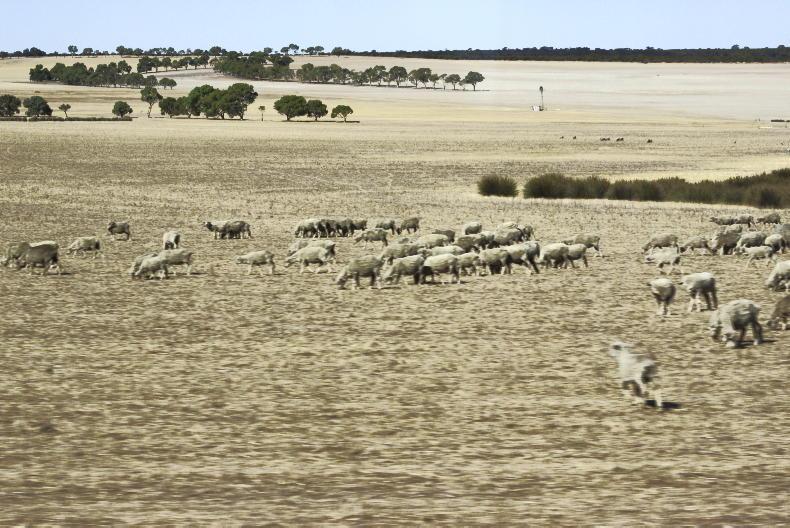
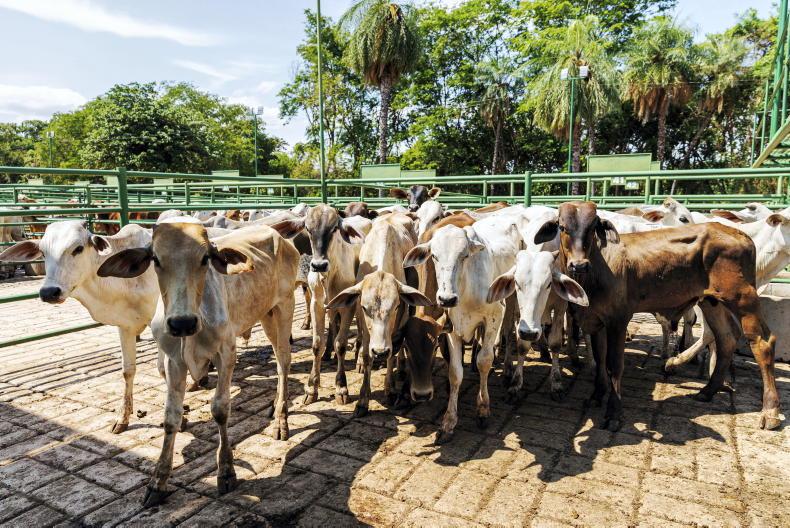

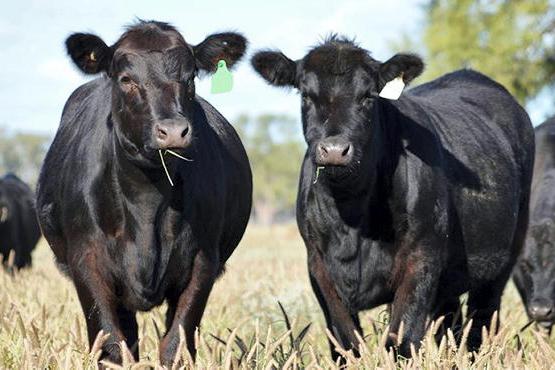
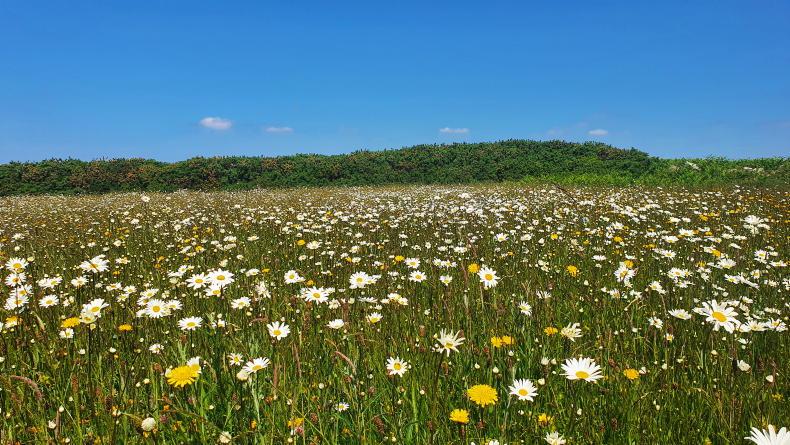
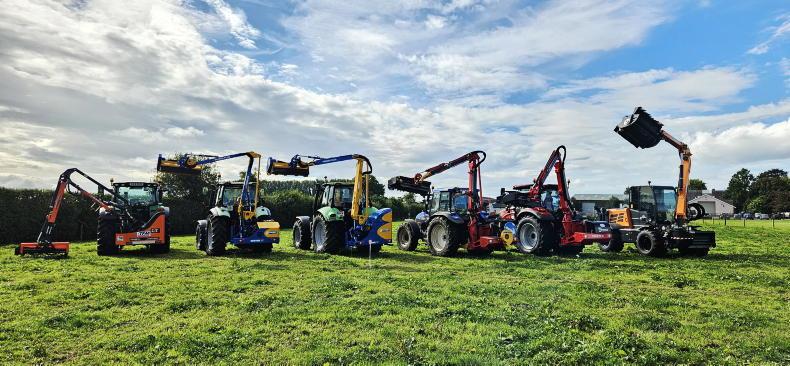
SHARING OPTIONS